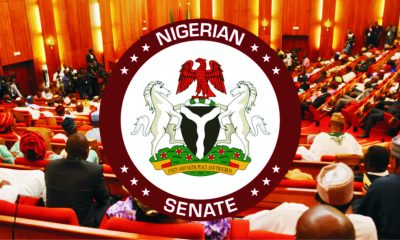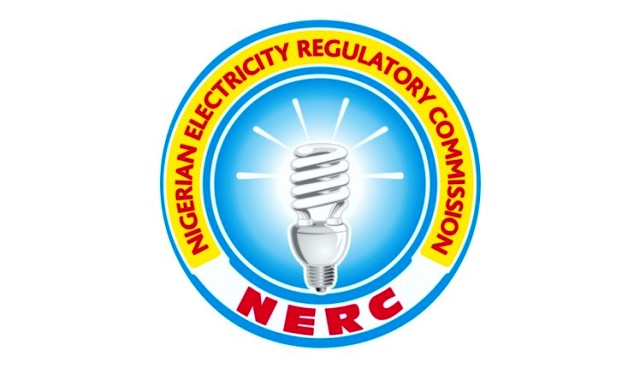Oil & Energy
OPEC Looks Beyond Politics, Focuses On Long-Term Production
The Organisation of Petroleum Exporting Countries (OPEC), met last Thursday for its regular monthly review of production policy. This time, no one seems to expect surprises, and the reason is that in the past couple of months, the cartel and its allies in OPEC led by Russia have been in remarkable sync. And they appear to have had enough of consumers’ pressure.
The Energy Minister of the United Arab Emirates, Suhail Al-Mazrouei, sounded a sober note earlier this week as he struck at Western countries for having what can only be described as a hypocritical attitude to fossil fuels.
“I think in COP 26 all the producers felt they were uninvited and unwanted but now we are again superheroes, it’s not going to work like that,” the Minister said at the Global Energy Forum organized by the Atlantic Council in Dubai.
The top Emirati energy official went on to explain the basics of the oil industry, stressing that production is tied to long-term planning, which is incompatible with calls and actions on investment cuts in order to put more money into renewable energy.
That should have been obvious to everyone familiar with the very basics of economics, but it appears to have escaped some currently in charge in Europe and the United States.
Their reasoning seems to be that oil producers have a vested interest in selling their oil while it is in demand because in 20 years, per climate change plans, demand won’t be that strong.
It is a valid line of reasoning and one that the oil producers themselves have recognised. It is this, at least in part, that has motivated the UAE and Saudi Arabia to invest in boosting their output capacity.
The UAE is aiming for 5 million bpd in total production, and the Saudis are eyeing 13 million bpd in production capacity.
This should be good news for oil-thirsty importers, but this capacity is not coming online this year while the importers, specifically the ones in Europe, are eager to reduce their dependence on Russian oil right now, by the end of the year.
The obvious substitute for Russian oil would be oil from the Middle East, but as Reuters’ John Kemp recently explained, this is easier said than done.
Although, theoretically, new markets would be good news for oil exporters, OPEC is still limiting its production, and some members are failing to pump even as much as that limited amount agreed by the OPEC+ group.
Also, as Kemp pointed out in his column, rerouting oil flows from Asia to Europe makes very little strategic sense: Europe is an oil market in decline, unlike Asia. In other words, Gulf producers don’t really have an incentive to sell more oil to Europe. Nor do they have an incentive to join the Western condemnation of Russia.
“When it comes to OPEC+ — I would take that privilege of saying I’ve been at it for 35 years, and I know how we managed to compartmentalize our political differences from what is for the common good of all of us,” Saudi energy minister Abdulaziz bin Salmantold CNBC’s Hadley Gamble this week, speaking of the Russian issue.
“That culture is seeped into OPEC+, so when we get into that OPEC meeting room, or OPEC building, everybody leaves his politics at the outside door of that building, and that culture has been with us,” bin Salman also said.
Indeed, one only needs to recall that OPEC involves both Saudi Arabia and Iran, the two Middle Eastern archenemies, and they have managed to act in concert on oil despite their differences.
OPEC, and OPEC+, appear to be stronger than ever. It is hard to believe that just two years ago, Saudi Arabia and Russia locked horns over oil policies and even engaged in a sort of an oil output blitz to make their respective points, pushing prices down sharply just before the pandemic really got going, pushing them a lot further lower. The two cooled off pretty soon and have been working in harmony ever since.
Crude oil prices slipped briefly below $100 per barrel on signals that the negotiations between Russia and Ukraine had struck a constructive note.
However, soon after the news, traders apparently realized this wouldn’t automatically mean the lifting of sanctions on Russia, and prices rebounded, helped by the API’s weekly inventory report, which estimated a decline of 3 million barrels.
The villain-turned-superhero trope is one that is well known and frequently exploited in literature and film. There are plenty of examples of this trope in geopolitics as well, as well as its mirror image of the superhero-turned-villain. Yet OPEC clearly does not want to star in such a film.
OPEC has its priorities, and it is sticking to them, even in the face of growing pressure from its political partners in the West. The latter might need to be more convincing in their assurances that they are committed to this partnership, and even that may not be enough to sway the cartel into producing more oil.
By: Irina Slav
Slav reports for Oilprice.com
Oil & Energy
OML18: NNPC, Sahara Launch 2.2m-Barrel Floating Vessel

Oil & Energy
Space-Based Solar Power Finally Ready to Shine?

Oil & Energy
Aide, Others Laud Gov. Diri Over ‘Light Up Bayelsa’ Project

-
Nation1 day ago
Union Petitions EFCC, ICPC Over Tax Fraud Allegations Against Daewoo, Saipem
-

 Politics1 day ago
Politics1 day agoSenate Confirms Amupitan As INEC Chairman
-

 Nation1 day ago
Nation1 day agoHYPREP Remains Steadfast In Adhering To International Standards—Zabbey …As Regulators, Asset Owners Hail Project
-

 News1 day ago
News1 day agoNERC Approves N28bn For Procurement Of Meters For Band A Customers
-

 News1 day ago
News1 day agoFubara Reassures Rivers People Of Completion Of PH Ring Road Project
-

 Rivers1 day ago
Rivers1 day agoWorld Food Day: Farmers Urge Collaboration For Improved Productivity
-

 Nation1 day ago
Nation1 day agoMOSIEND Hails Benibo Anabraba Appointment As Rivers SSG
-

 Rivers1 day ago
Rivers1 day agoIAUE Governing Council Chair Assures On Mandate Delivery

